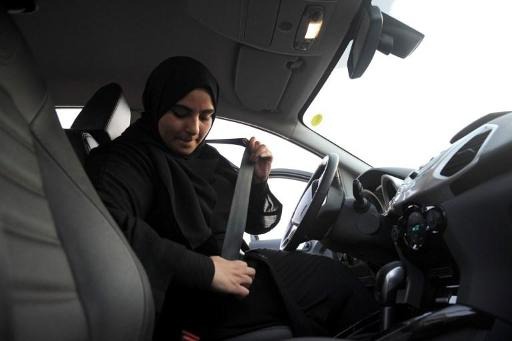95.2% of people sitting in the front seat of cars wear seat-belts, according to the latest figures published by the Vias Institute on Sunday. It was only 56.6% back in 2003. Back-seat passengers wear seat-belts less often (86.6%), as do utility vehicle drivers (85%).
“We have made amazing progress over the last 15 years”, says the Vias Institute. It revealed that 95% of people wearing their seat-belts rather that 57% means 40 deaths or serious injuries have been avoided. “People can take responsibility for their own safety”, the Institute said on World Road Victim Memorial Day.
Whether sitting in the front or the back, women are better at buckling in: 96.2% of them use seat-belts, compared to 94.4% of men.
More speed means more seat-belts. 96.2% of motorists buckle up on the motorway, but this drops to 92.8% in 30km/h zones. “Some drivers under-estimate the consequences of a low-speed accident”, says Vias. “You can be killed at just 20km/h if you don’t strap in”. Car journeys in Belgium are often short and some people use the short distances as an excuse for not wearing their seat-belt.
Drivers also have some responsibility: 95.4% of passengers strap in when the driver does and just 48% of passengers buckle in when the driver doesn’t.
Vias says wearing a seat-belt reduces the risk of being killed or seriously injured in an accident to 40% (down from 50%). When a person is thrown out the vehicle, they are five times more likely to die if their seat-belt wasn’t done up.
The Brussels Times

